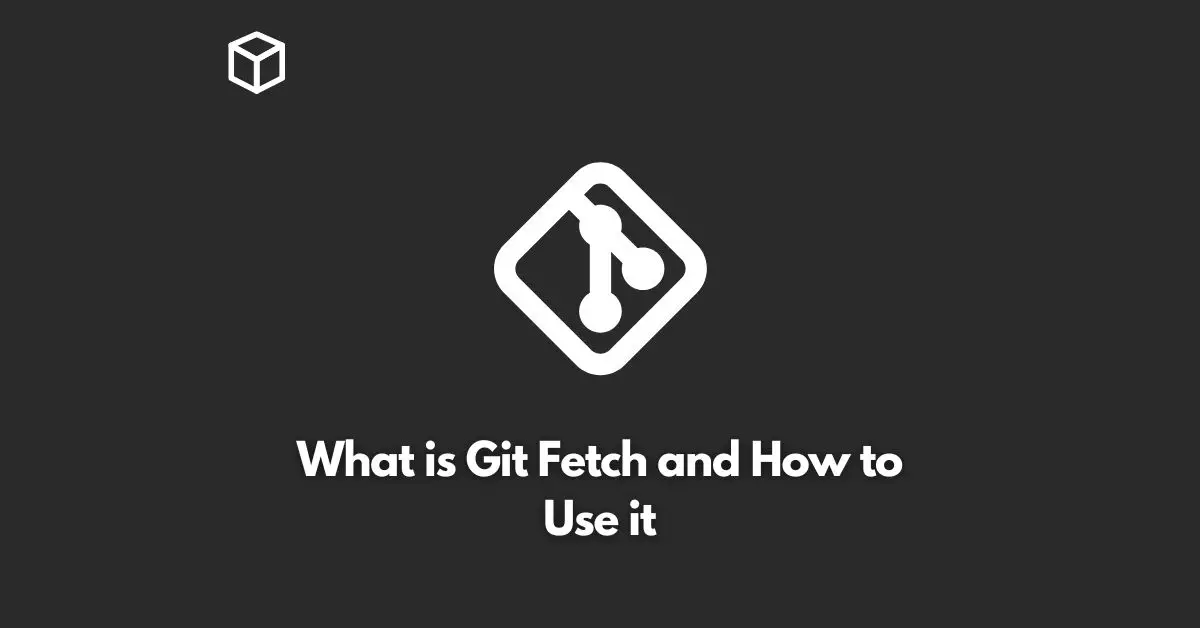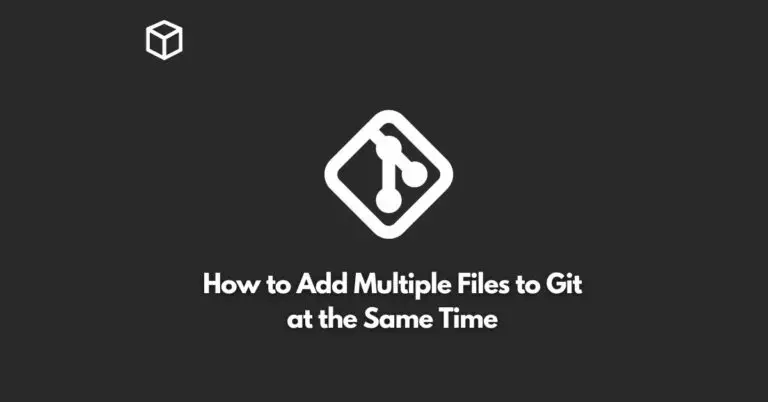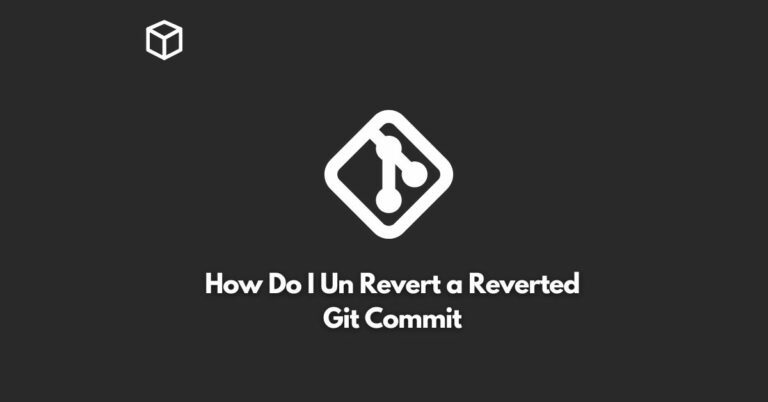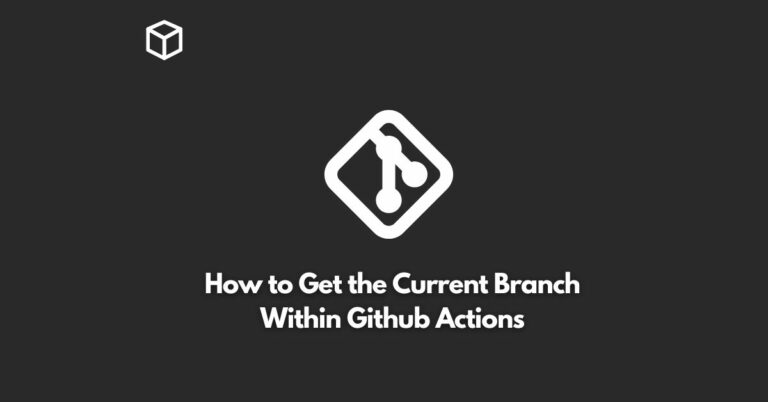Welcome to the world of Git, a distributed version control system that is widely used among developers for tracking and managing changes in computer files.
Git provides an array of commands designed to work seamlessly with the evolving needs of project collaboration and source code management.
Today, we’ll delve into one such essential command: Git Fetch.
Understanding Git Fetch
Git Fetch, as the name implies, fetches new data from a remote repository that doesn’t exist in your local repository.
This includes new branches, updated existing branches, tags, or commits.
It plays a pivotal role in Git workflows, enabling developers to view changes made to a remote repository without altering their own local workspace.
Interestingly, the behavior of Git Fetch contrasts with other similar commands, most notably, Git Pull.
While Git Pull retrieves changes from a remote repository and automatically merges them into the current local branch, Git Fetch allows developers to review these updates before deciding to merge them.
How Git Fetch Works
Under the hood, Git Fetch interacts with both local and remote repositories.
When executed, it contacts the remote repository to pull down any changes that are not presently in the local repository.
It retrieves these updates but does not merge them with your local branches.
The primary difference between Fetch and Pull boils down to the concept of ‘merge.’ Git Fetch allows you to manually merge changes after reviewing them, while Git Pull automatically merges changes and updates the current branch.
When to Use Git Fetch
Understanding the ‘when’ of Git Fetch can give you a better grasp of its practical applications. Here are two scenarios where it is particularly useful:
Daily Work: Git Fetch is valuable for keeping your local repository up-to-date with the remote repository. It lets you review updates before integrating them into your workspace.
Collaborating with a Team: When working on a shared project, your team members will push their changes to the remote repository. To see their updates, you can use Git Fetch, ensuring you’re always aware of the project’s most recent developments.
Step-by-Step Guide on How to Use Git Fetch
Before diving into the process, make sure you have Git installed on your system and have a remote repository set up.
Open your Terminal or Command Prompt: You’ll need to navigate to your local Git repository using the cd (change directory) command.
Use the Git Fetch Command: To fetch updates from the remote repository, use git fetch origin, where ‘origin’ is the name of your remote repository.
When Git Fetch is executed, it might display an output showing the branches and commits fetched from the remote repository.
Advanced Usage of Git Fetch
Once you’re comfortable with the basic Git Fetch, explore these advanced features:
Fetching from Multiple Remotes: If you have more than one remote repository, you can fetch from all of them using git fetch –all.
Fetching Specific Branches: To fetch a specific branch, use git fetch origin branch-name.
Pruning Deleted Branches: If a branch was deleted from the remote repository, you can reflect this in your local repository by using git fetch -p.
Common Mistakes and How to Avoid Them
One common mistake is confusing Git Fetch with Git Pull, leading to inadvertent merges.
To avoid this, remember that Git Fetch only downloads new data from the remote repository, but doesn’t integrate any of this new data into your working files.
Another pitfall is neglecting to fetch regularly, which can lead to your local repository becoming out of sync with the remote repository.
Making a habit of fetching updates regularly will ensure that you stay on top of changes.
Final Thoughts
The Git Fetch command is a powerful tool in any developer’s arsenal.
By understanding what it is and learning how to use it effectively, you can collaborate more smoothly with your team, keep your projects up-to-date, and manage your repositories efficiently.
Additional Resources
To further enhance your understanding and skills in using Git commands, here are a few recommended resources:
Continue to explore and experiment with Git Fetch and other commands to become more adept in handling Git and version control.




